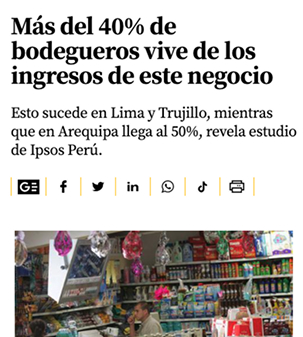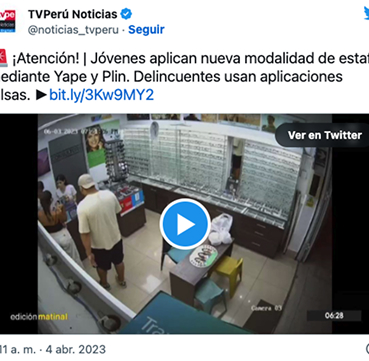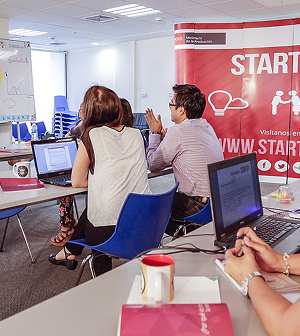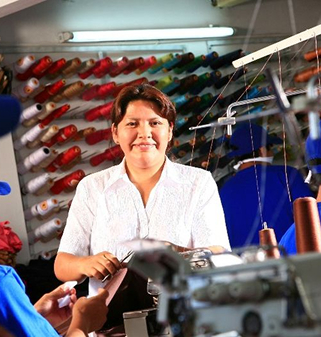SME Research for Banking app
Research conducted to understand the small and medium-sized business bank user

1. Context
The bank has a new platform for entrepreneurs in Peru! However, to prioritize which improvements to include in the application, it must understand its customers, their behavior, and their needs, in order to continue providing the best service to its customers.
2. Secondary research
To learn more about the current entrepreneurial ecosystem, we conducted a general survey of the profiles we found in our country.
We turned to external sources and online literature to understand the most common operations performed by entrepreneurs:
And if we look in detail we could break down into small categories of digital functionalities:
Consult
Review my account information and review recent account transactions
Transfer
To other banks and between accounts
Payment
Services and taxes
Other
Banking Product Information and acquisition of Digital Banking Products
3. Primary research
To do this, we conducted a competitive analysis of the main competitors in Peru. Here, we looked at the digital features available to entrepreneurs and their acquisition costs.
The next step was to conduct a survey to get to know our users. We conducted a mass survey where we were able to segment customers into three types:
Consultant
Only performs mobile transactions.
Entrepreneur
Performs frequent transactions via the app and website.
Visionary
Performs daily transactions at several banks.
We also observed internal metrics where we discovered that our users prefer to use their cell phones for banking inquiries and transactions, and we have more users who use Android devices than iOS.
We conducted in-depth interviews with five clients from each profile. However, we will focus on the first two because they will be the primary focus of this research.
4. Key findings
After conducting in-depth user interviews, we triangulated the information with the information obtained from the mass survey and the app data.
Looking to the Future
It's his main job, and he doesn't want it to fail. That's why he faces risks and is alert to new opportunities that will keep him relevant in the market.

Blind Trust
He trusts people he considers authoritative and supportive, and he considers their judgment and opinions as a possible absolute truth.

Cell Phone as the Only Tool
He uses his cell phone for everything and considers the computer too complex for his needs. The cell phone has become an extension of himself and makes his daily tasks easier.

Fear of the Outside
He is very easily influenced negatively. One negative experience is worth more than many positive ones, which is why it's hard for him to regain his trust.

Distinguishes His Tools
He makes a distinction between the use of his devices: his cell phone for entertainment or quick information queries, and his computer as his work tool.

Aspires to Grow in Solidity
He looks for different ways to convey solidity through his company. (registering workers, opening a payroll account, etc.)

Makes his own decisions
Makes comparisons and isn't easily dissuaded by the first offer. Makes decisions based on the information he gathers himself.

5. Deliverables
Based on what we discovered, we delivered:
This helped the business team better organize the development backlog for the future.
6. Learnings
This was one of the first jobs I did at Scotiabank and undoubtedly one of my favorites, as I was able to get to know this type of user more closely, as well as the pain points and opportunities to develop a new application. It was also a crucial project because it would lay the foundation for future product developments.
Developing the project was somewhat complex due to the limited baseline information available at the beginning and the difficult-to-reach customer segment. Many businesses have busy schedules, and interviews often had to be rescheduled. These challenges helped me move more quickly and seek alternatives to obtain information and learn more about the product and its users.